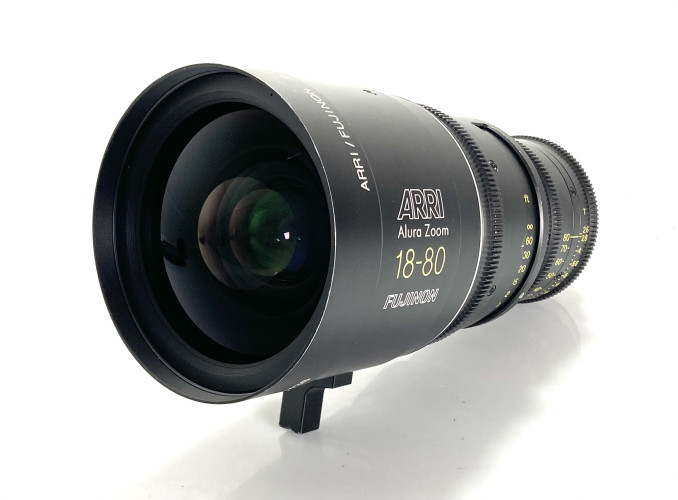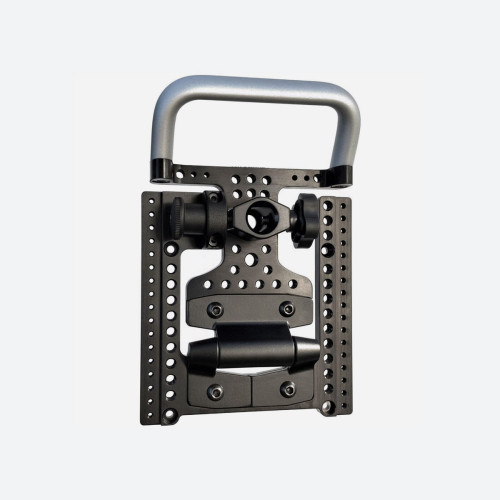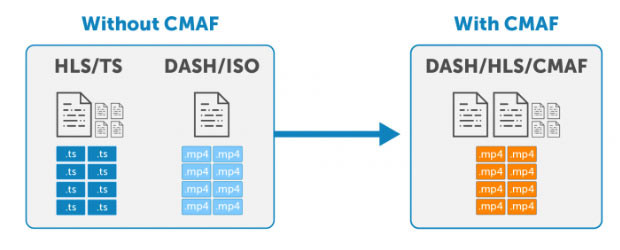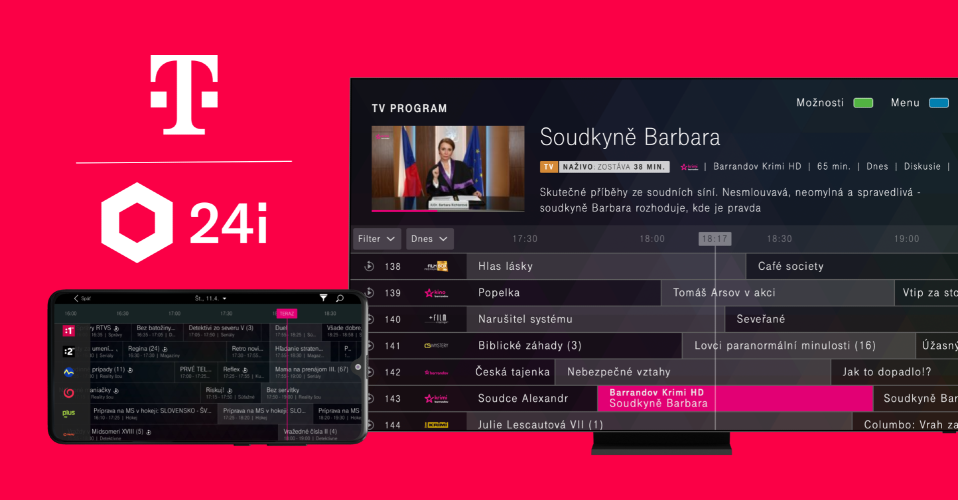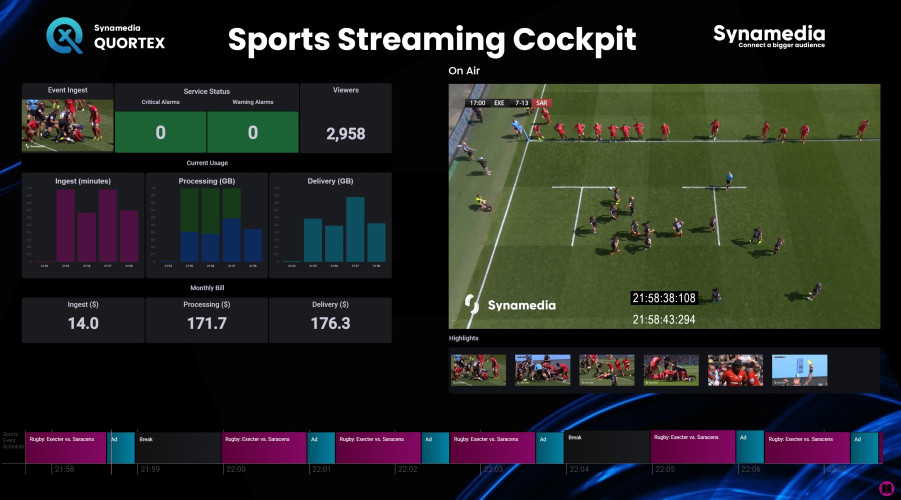The market for live and on-demand streaming video has exploded in recent years thanks in part to broadband connections and the proliferation of connected devices. A recent survey by The Diffusion Group showed that some 50 percent of online video viewers watch some form of streaming live video at least once a month, and 64 percent said comprehensive, multiscreen access to live TV programming is highly valuable. In anticipation of this trend, iStreamPlanet designed and built a seamless live streaming workflow, Aventus, that gives content distributors a single, end-to-end process for delivering live linear content. It’s a solution that’s leading the industry into multiscreen, live linear broadcast.
Still, reaching multiple screens with live broadcast (and its associated technology) raises plenty of questions, particularly for smaller broadcasters who might be wondering whether and how to make the leap into offering a streaming live linear channel. Here Jennifer Baisch, Senior Director, Product and Services Marketing at iStreamPlanet, addresses some of those questions.
Just to be clear, what is multiscreen live linear TV? What about TV Everywhere?
TV Everywhere refers to pay TV operators providing their video distribution service to any screen . Multiscreen live linear is the same idea, but the term includes not only traditional pay TV providers, but could also include traditional national broadcasters, local broadcasters, and emerging broadcasters that want to offer multiscreen access to their live programming. It’s basically the way you watch TV but on any connected device.
Why should I consider multiscreen live linear broadcast?
It’s clear that consumer demand for more video content on connected devices, especially tablets, is only going to keep growing. According to the study by The Diffusion Group, access to live, broadcast content on all connected devices is something viewers definitely want. Offering multiscreen access not only gives you the opportunity to increase viewer value and perceptions of your station or service, but to increase revenue as well. Live streaming content is highly valuable for creating a digital advertising platform to complement traditional broadcast advertising. Furthermore, the 2012 Global Video Index from Ooyala, whose video analytics platform tracks viewer engagement across all types of devices around the world, says viewers engage more deeply with live content than on-demand content. That engagement creates more value for advertisers and more monetization opportunities for broadcasters. There’s also the opportunity for local broadcasters to insert local advertising to monetize those streams.
For content distributors, such as pay TV operators or over-the-top (OTT) content providers, there is the potential to add the value of the additional service to their subscriptions. Of those surveyed, at least half were, to varying degrees, willing to subscribe to a live/live linear TV service that fed all of their connected devices — a move that could lead to millions of dollars per year in new revenue for distributors that offer such a service.
Online and OTT video is moving out of the realm of early adoption into mass-market behavior, so the ability to expand your digital media footprint rapidly means bigger audiences and more revenue opportunities.
How do I plan for broadcasting live linear content to multiple devices?
Now is the time to be working out a multiscreen broadcast strategy no matter what size broadcaster you are. If you’re not already planning for it, you risk losing your viewers. For smaller broadcasters, planning is even more crucial.
Your first consideration should be the content, which will likely come from a combination of your own local productions, affiliates, and wherever else you have digital rights. Figure out what content you own or produce locally, and then build on it over time based on the digital rights you’ve negotiated. The idea is to build up to your own always-on, multiscreen broadcast channels that people can view anytime, anywhere.
From what we’re hearing from our customers, models for obtaining rights, building the programming, creating the viewing experience, these have not yet been defined. The discussion is happening right now, and regional broadcasters should be part of that discussion in order to figure out how to bring content to their local viewers in a way that adds value and builds their own brands.
How do I build and deploy live linear streaming in my smaller market?
The process of building and deploying live linear channels is very much repeatable, no matter what size the market. It consists of 6 steps, each with its own processes, considerations, variables, and decisions to be made along the way:
Production of content
Global acquisition
Media processing (encoding for high-quality video playback on multiple platforms and devices, digital rights management (DRM), closed captioning, etc.)
Publishing to a content delivery network so viewers can access the live streams from a network endpoint close to them
Multiplatform, multidevice playback including PCs, Macs, smartphones, tablets, connected TVs, gaming consoles
Analytics
Technology is finally catching up, providing purpose-built solutions designed to launch one or more live linear streaming channels targeting multiple platforms quickly, affordably, and reliably. Solutions are coming to market opening up new possibilities in programming, reach, and viewing experience.
How affordable is it to create a live streaming channel, and how can I monetize it?
Thanks to advances in technology, live streaming is becoming much more affordable than ever before. The process no longer has to rely on expensive dedicated hardware and people to run it. Instead, we’re moving to a software-based live video workflow that can create, configure, manage, and monitor live streaming channels, running on commodity PC-based hardware.
In terms of monetization, being able to deliver video to any connected device increases viewership and provides a whole new platform for delivering advertising, allowing you to tap digital advertising as a new revenue source.
What should I be looking for in a live linear video workflow solution?
When evaluating a live linear video workflow solution you should be looking for a number of features throughout the workflow. Does the solution support multiple options for global acquisition including fiber or satellite downlink or IP based acquisition. Is the solution based on hardware or software? Software-based encoding and transcoding provide an efficient and cost effective video workflow. Does the solution have the scalability to grow with your business to support any number of channels? You may also require DRM, ad insertion, closed captioning, multilanguage options, and integration with your publishing platforms of content management systems. Player or client-side features should include ad playback capabilities, social media sharing, syndication, player side DRM, and advanced analytics to track quality of service, viewer behavior, demographics, and more.
What is the value of multiscreen live linear to the consumer?
According to Ooyala’s 2012 Global Video Index, live streaming is growing fast. In 2012, online viewers tuned in to Wimbledon, the Tour de France, and the U.S. Presidential debates as they happened, and viewers watch live video longer on all devices. In addition, the share of tablet video viewing more than doubled last year, as mobile, social, and video converged on a single device. And when measured together, the share of all hours spent watching streaming video on tablets and mobile phones doubled in 2012. In the survey by The Diffusion Group, 75 percent of pay-TV subscribers are highly likely to watch multiscreen live linear content if offered by their operator. Those numbers alone make a pretty strong case for the high value consumers place on multiscreen live linear access.
Jennifer Baisch, Senior Director Product and Services Marketing
As senior director of product marketing and services at iStreamPlanet, Jennifer Baisch is responsible for driving product marketing, marketing communications, demand generation, and marketing operations for iStreamPlanet’s digital media solutions portfolio. Baisch brings to her role nearly 25 years of experience in marketing and product planning for digital media and consumer electronics. Her areas of expertise include customer insight and experience, marketing strategy and planning, market opportunity analysis, corporate communications, CRM, lead generation, and multichannel marketing.
Before joining iStreamPlanet, Baisch spent more than 20 years at Microsoft in a number of marketing, product management, and business intelligence positions.




